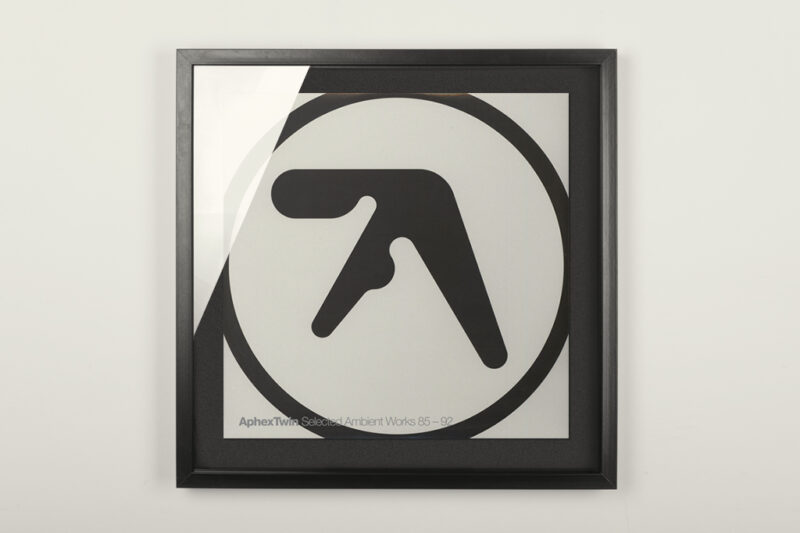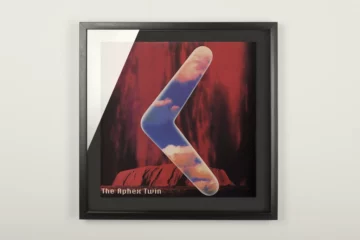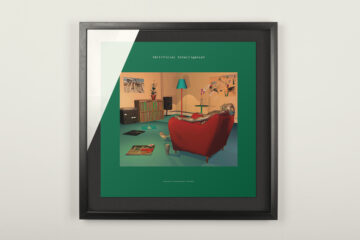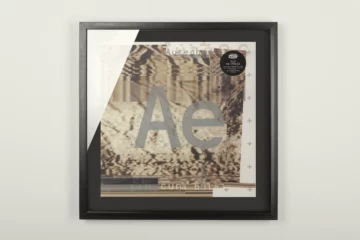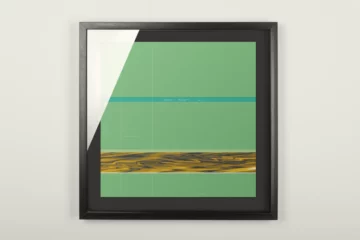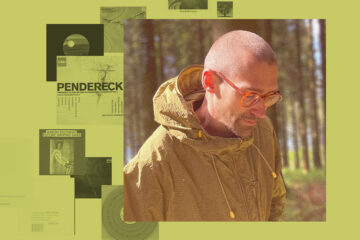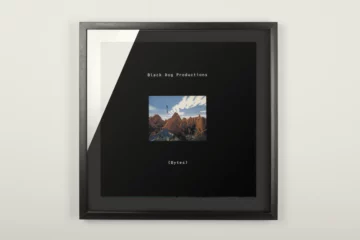»All I want to do is not work and make tracks until I drop dead«. Even as an icon just risen from the underground, Aphex Twin never lost focus of what is essential nor did he shed his humor. Statements by the Irish prodigy are to be taken with a grain of salt, especially concerning his biography, motivation and music. Nevertheless, over the years some truths about him stuck to the widely branched floors of electronic music, finding timeless testimonials in his works. When »Selected Ambient Works 85-92« was released via R&S Records in November 1992, techno was in its infancy, not much more than a creative playground of urban youth, trying new ways of creating music to dance to, experiencing a rupture of the mundane plane. Punk and industrial were in their prime, Hip Hop and Acid on the way to the peak, when the zeitgeist blew its next contraction as a fast beating rhythm over the planet, fueled by sociocultural and technological upheavals. James was part of this urban subculture – and yet he was not. When he was barely 15, he made a name for himself as a gifted DJ on the coasts of Cornwall, playing shows with Tom Middleton, tinkering and tweaking his own synths and drum machines, supposedly creating acid house tracks years before the term was even coined. »I didn’t have any equipment when I started«, James recalls in an interview with Future Music in 1993. »I used to make tape loops and put them on ghetto blaster motors or reel-to-reels that I could get for a five quid from junk shops. I did a hell of a lot with those, like creating finished collages of sound that I’d then make, say, five copies of. I’d sync up all the motors and play the tapes back fluctuating the tape speed to create effects like flanging, chorus and phase-shifting.«
The genesis of completely idiosyncratic sounds, more often than not crafted and modulated on low-grade equipment, became the defining trademark of the electro-engineering maverick, who could not care less about cheesy titles like »MDMA Mozart«. In secondary school he signed on for an electronic course, at home he deconstructed his Roland 100M monosynth out of a sheer money shortage. »Music and electronics went hand in hand«, he used to stress. »Plus the fact that I didn’t have any money! If I wanted to get anything different, I had to change what I had or make something.« Which meant: For years no device kept its original form, everything was rewired, brazed and coded. Sequencing programs were written by James on a Sinclair Spectrum, controllers, samplers and whole circuitries were built from scratch, often times only responding to triggers or control voltages, generating mad sounds. »I don’t want to use pre-programmed drum sounds. I’ve used modified 808 sounds on ›Ambient Works‹, but that’s because the tracks are around four to five years old«, he pointed out in 1993. So it came as a surprise to him when the »Selected Ambient Works 85-92« were met with great resonance all over Europe shortly after release. Mastered on standard audio cassettes via a hi-fi deck, the album was quasi curated by friends and colleagues from a larger track collection they were listening to on car stereos and Walkmans. »With the first track ›Xtal‹, the tape had chewed in about seven places«, James remembered years later.
From the silence of his insular work environment, James was able to channel something that converges with the feeling of a whole decade even more than any memory ever could – and yet it all sounds dauntingly modern.
All in all the material was barely edited or post-produced after the selection process. Not much has been EQ’d, glitches were not removed digitally. James resisted all of it. Samples originated from the sound circuits built at home or from an afternoon on the scrapyard, equipped with bats and hammers. It is a retrospective view on his early material, the stand-alone workflow, his LSD-tinged experiments and youthful curiosity. All of it lends the 9-minute »Tha« its imperfect, raw energy, inspiring a spectacle of ghost-like voice samples and blue fluorescing pads – not so much evoking imagery of space but rather of a world of spaces. Ritualistic in its beat structure, futuristic in tone colors and textures, »Ageispolis« manages to master the delicate balance act between ambient and techno on Phillipe Petit level, hovering miles above the ground. The production on this album loves to blur, then becomes strangely concrete, before slipping away and focusing again in cascades. Its genius effects the quelching acid programming in »Green Calx«, between samples from the opening theme of Carpenter’s »The Thing« and »Robocop« just as dramatic as the erecting »Heliosphan« that approaches in reverberating sound waves like a full on body load. From the silence of his insular work environment, James was able to channel something that converges with the feeling of a whole decade even more than any memory ever could – and yet it all sounds dauntingly modern. »Schottkey 7th Path« is an anticipation of ambient techno just as it is of industrial techno, demolished with delight by bulgy barrel sounds and toothed bicycle chains. An ominous vision of the future, not without reason scoring fan videos of the early nuclear tests time and time again.


